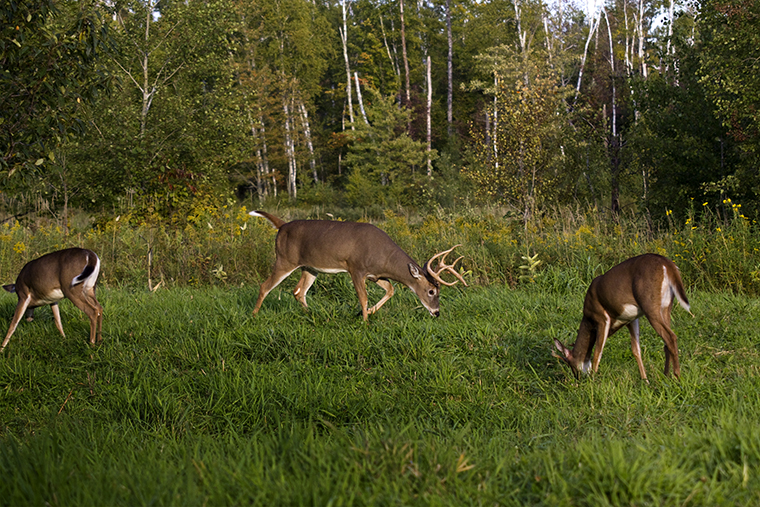
Photos: Tamas Pal and Linda Freshwaters Arndt
This avid deer hunter works the acreage he hunts.
Ever since I first sat in a tree stand at the age of seventeen, deer hunting has been an important part of my life. There is so much to love about it: being in the outdoors, watching wildlife, spending time with family and friends, and, of course, the opportunity to fill the freezer with my favourite game.
I’ve been fortunate enough over the years to harvest my share of deer, but one of the biggest draws of the hunt is spending hours alone in a tree stand, being grateful for the opportunity and reflecting on the important things in life.
My hectic schedule as the executive director of the Ontario Federation of Anglers and Hunters means I’ve had to pass on some terrific hunting opportunities, but I’ve never missed an opening day of deer season.
In 2014, my wife, Karen, and I realized a long-time dream and bought a 100-acre rural property in the Kawarthas. Building a new home on the land is exciting, but what’s most exciting for me is being able to live and hunt in the same place.
I learn more about deer with the passing of every season, and like to think that time spent in the off-season scouting, reviewing trail cam photos, and enhancing deer habitat puts the odds of filling a tag in my favour.
Here are some tools and strategies I’m using in the fields and woods of the new property.
Watch and learn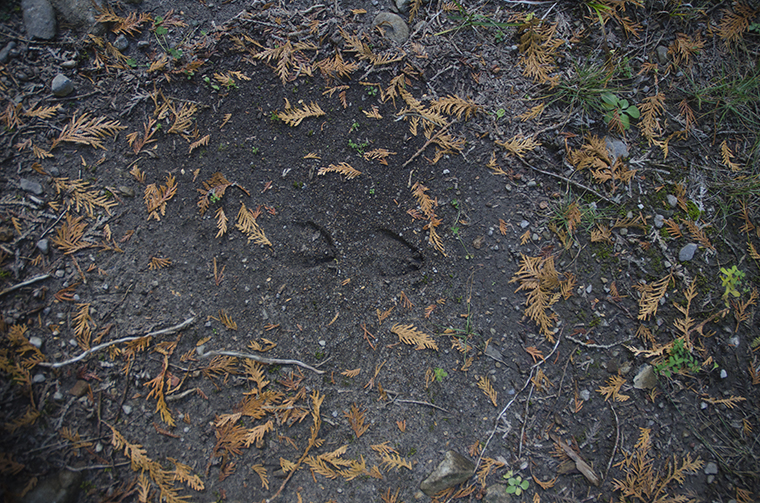
Not long after the purchase was finalized, I installed several tree stands around the property and set up trail cameras at most of them. Watching deer come and go throughout the year provides valuable insights into their behaviour, and it’s a pleasure to see the variety of wildlife that share the land.
The other way to observe what’s happening on the land is to walk it. I’ve spent countless hours walking, ATVing, and even driving the trails, fields and woods of the property. I watch for rubs, scrapes, tracks, scat, sheds, and anything else that provides clues to the deers’ presence.
Build this: Permanent, solar-powered trail cam
Dead trail camera batteries were initially a huge frustration, as my previous home was almost an hour away. So, I installed solar power batteries and hooked them up to trail cams in a few locations to test the technology. They have been terrific, and have paid for themselves in less than one season. The parts are inexpensive relative to replacing regular batteries and are available at most major hardware stores.
Materials needed:
- 12V battery
- 8″ x 10″ solar panel
- Cable from battery to camera
- Cable from solar panel to battery
- Water-resistant case with lid
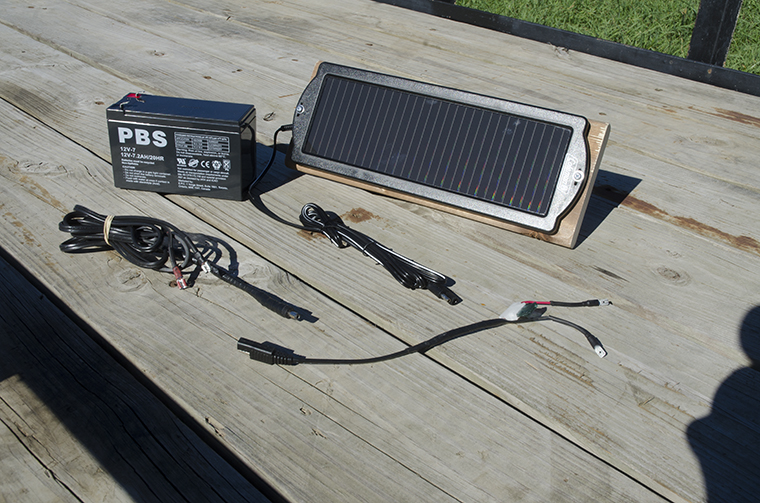
Power components: Top row L-R: 12V battery, 8″x10″ solar panel Bottom row L-R: Cable from battery to camera, cable from solar panel to battery
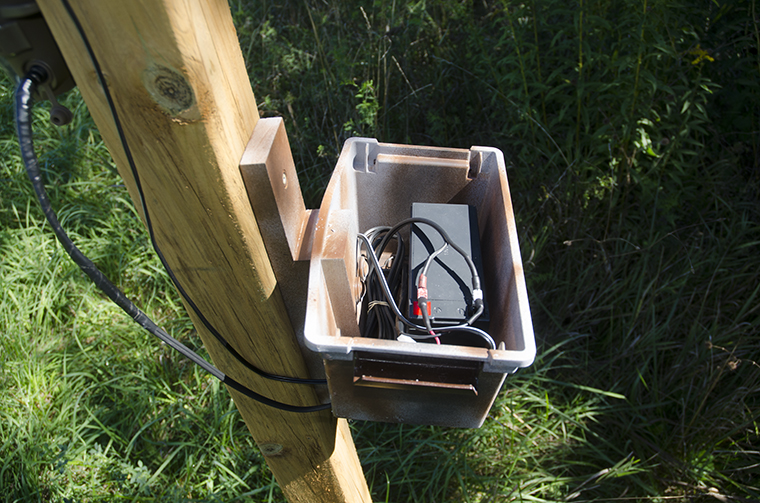
You’ll need a water resistant case with a lid to house the battery

Top to Bottom, L-R: Solar panel screwed to a plank, adjustable bracket (see below), charging cable, trail cam, battery box, cable to rail cam, all on a pressure treated 4×4 with a 4×4 ground spike (or just set it all up on a tree)
Here’s how you do it:
Adjustable solar panel bracket
For about a dollar, you can create a bracket to adjust the angle of a trail cam or solar panel. The parts are sold at hardware stores and assembly takes seconds. A pair of pliers or even a drill makes installation easy.
Watch how to make it:
The adjustable bracket lets you point the panel towards openings in the woods to maximize the sun’s rays.
Work the land: Enhance the food supply

This doe, captured on my solar cam, was a regular visitor to my mineral lick
I’m a firm believer in mineral licks. Many excellent commercial products are available, but I prefer to make my own. It’s cost effective, takes very little time, and keeps me engaged in the off-season. I generally apply them as soon as the snow is gone and refresh them in early September. Use licks to:
• provide early nutrients to deer
• encourage antler growth
• support fawn development
• draw deer to an area and hold them all year long
Consider creating a lick along a well -established deer travel route and place a stand nearby, or set up a lick to attract deer to an existing tree stand. In my experience, deer will find it wherever you locate it.
Deer mineral lick
All ingredients are sold in 50-pound bags
- 2 parts trace salt (red, loose, non-medicated)
- 1 part stock salt (same as for making ice cream)
- 1 part monocalcium or di-calcium phosphate (a feed additive for livestock)
- 1 part dried molasses

Combine and keep dry until ready to apply. I use buckets with lids
Site set-up
Clear leaves and brush away in about a six-foot radius. Rough up the ground slightly with a rake. Spread the mixture about.
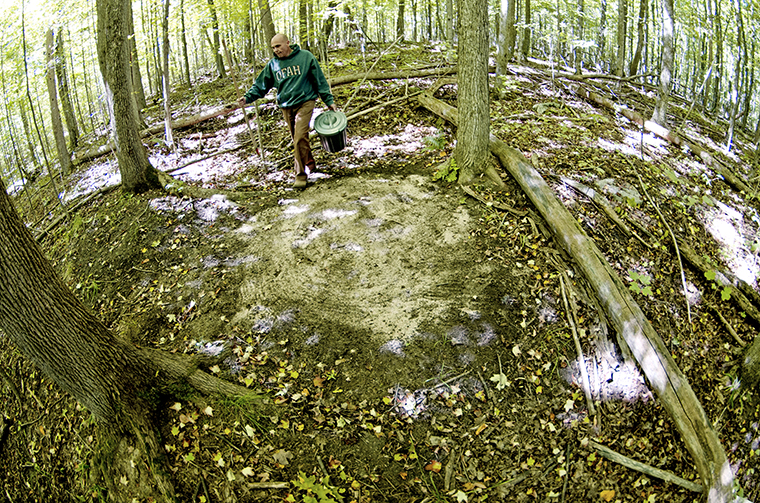
An alternative to raking a lick into the ground is to pour it into a rotting tree stump. Rain will soak the minerals into either surface.
And grow your own attachments
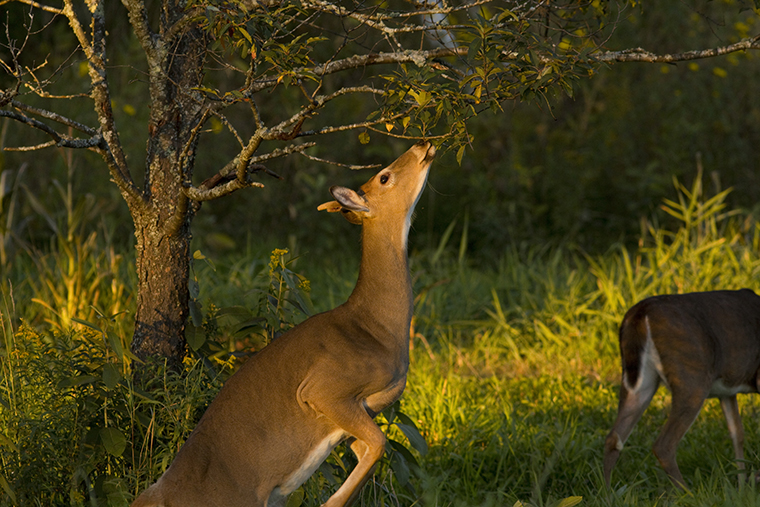
There were several apple trees on the property when I bought it, but they hadn’t been well groomed for several years. Clearing brush from around them and pruning them has increased their productivity. I’ve also planted many more apple trees that will certainly help attract and keep deer nearby.
“After many deer seasons, I am still recharged by the challenge of patterning deer, predicting the effects of wind direction and weather conditions on their behaviour, and of being in the right field in the right stand at the right time to harvest one of nature’s most beautiful animals.”


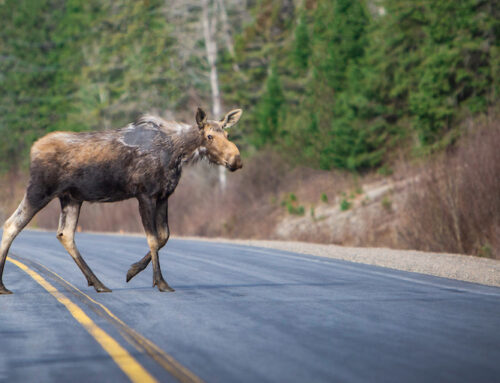
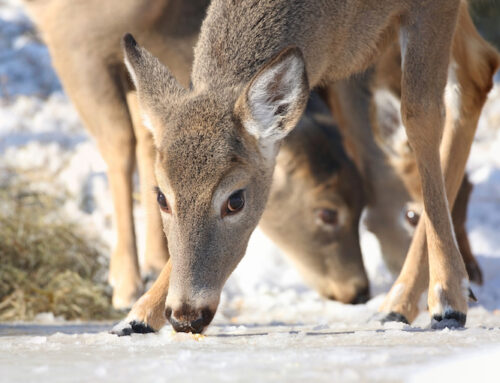
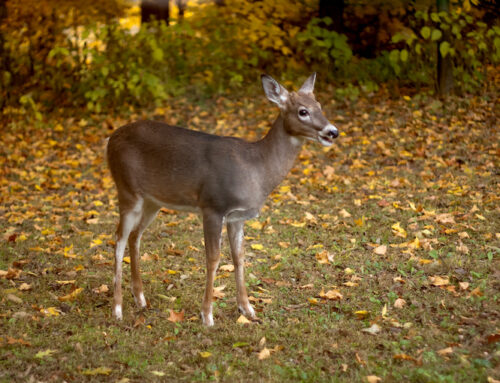
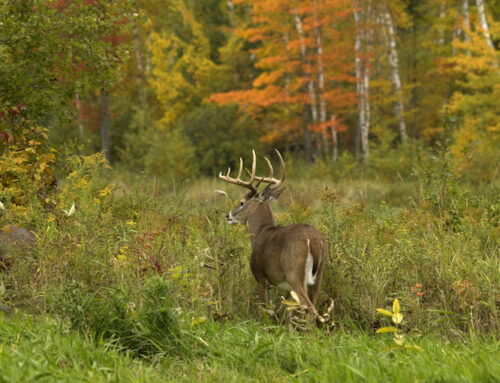
Where can I find the salt for the mineral licks?
Any farm feed supply store, these are common minerals available for livestock.